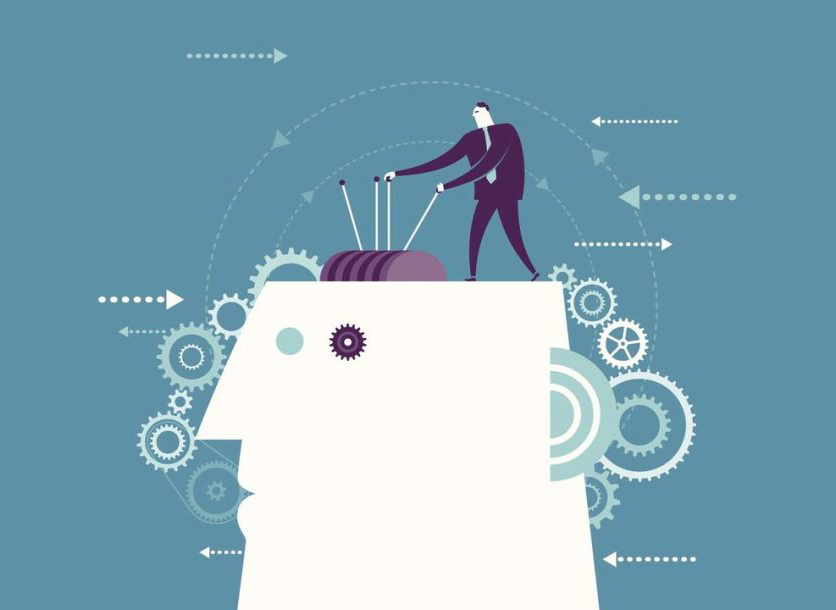John Ainley: Playing the inner game successfully

A client I work with who runs a business unit within a large organisation, recently told me how she feels when she presents to a very large group, or to very senior individuals. Normally, in day-to-day dealings with colleagues she feels confident in her abilities, but in group presentations and certain one-to-one situations, that confidence deserts her and she feels she delivers less well.
What’s going on? It’s an issue that I see frequently as a coach – a capable, respected individual feeling insecure in certain situations. To understand the problem, it helps to recognise that there are two ‘games’ going on; an outer game that the outside world experiences from us and an inner game that is entirely within us and influences how we behave and are experienced by others.
Mind games
In his book ‘The Inner Game of Tennis’, Tim Gallwey, talks about an outer game which is the one where you deal with ‘outside opponents’ – the physical reaction with the player across the other side of the net if you like – and then there is the inner game. According to Gallwey the inner game is “that which takes place in our mind, and is played against such elusive opponents as nervousness, self-doubt and lapses of concentration. It is a game played by your mind against its own bad habits.”
Both aspects have a direct impact on how we perform as leaders but it seems clear to me that while most executives have built the skills needed to deliver their outer game, it’s the inner game which causes our greatest challenges and is certainly the case for my client I mentioned at the outset. It can have a debilitating impact on performance and yet the answer is within each of us.
So, how can she, and others who feel similarly, manage their inner game more effectively? As Gallwey says, it’s about “replacing one pattern of mental behaviour with a new, more positive one.”
A positive attitude
Playing the inner game successfully is more about shifting your sense – or perception – of yourself and others; letting go of your inhibitions, thinking about how you feel when you are at your best and transferring that feeling into those situations where you find difficulty. We all need to adopt a positive approach to include attributes such as focus, openness, acceptance, learning and fun.
Let’s take ‘focus’ as an example: when we are focused, we are present and fully in the moment which, in turn, allows us to shut out all the other noise going on in our heads.
Another key is learning, which is a natural state for all of us but one that can become blunted by judgements and criticism. Self-judgement is an area that interferes with performance says Gallwey. “What we need to eliminate is not the mistakes themselves, but our fear of making them and the consequent judgments, criticisms, and anger. [By] accepting errors, we make less of them.”
Inner game issues occur across the spectrum of leadership and at all levels of seniority. I would be suspicious of a leader that does not have some self- doubt and negative self-talk, we need this to help us improve, but it can be an issue that causes us to not achieve our full potential and It can be an issue at any time and for any individual, from CEO downwards.
The key is to understand that, by knowing what drives the inner game in our minds, we can begin to address those feelings of inadequacy or concerns about competence in certain situations. The inner game is not to do with actual competence but rather self-perceived competence; it’s important to emphasise that they are not the same thing.
Sincerity and determination
Perhaps I should leave the last word to Gallwey himself: “…the player’s most valuable assets will be his sincerity and determination. My own experience is that the true goal of the Inner Game is to be found within. Nothing outside of ourselves is ever permanent enough or sufficient to satisfy completely, but there is something within every human being that is not mentioned in psychology books.”